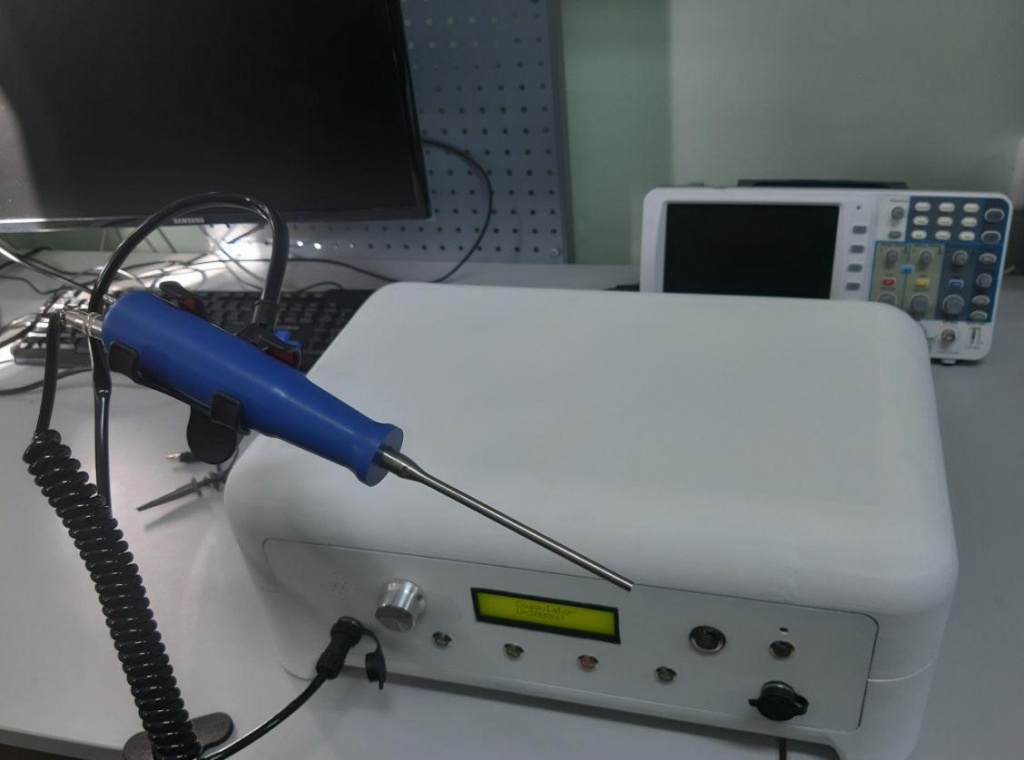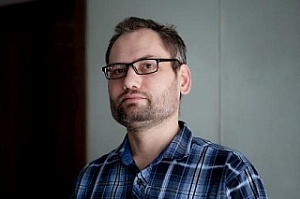TSU radiophysicists were the first in Russia to perform 3D printing with tecason, at a temperature of 380°C. Using their technology, they created parts for ultrasonic surgical instruments from this plastic, which will enter the market in Russia and neighboring countries in 2020.
The project to create ultrasonic surgical instruments is being implemented at TSU under the guidance of Professor Dmitry Sukhanov. Physicists have already created a prototype tool for coagulation and tissue cutting whose handle is made of high-temperature plastic tecason.
Scientists have decided to print parts on a 3D printer because in this case almost 100% of the material is consumed, while 90% goes to shavings when milling and turning. Another advantage of 3D printing was the ability to manufacture complex shapes, as the milling machines were unable to precisely carve out some of the required parts.
- Tecason is a plastic that requires a high temperature for melting, about 350-400 degrees, and we reconfigured the 3D printer software and equipped it with a high-temperature extruder and a temperature sensor,- said Dmitry Sukhanov. - As a result, we became the first in Russia to perform 3D printing of parts from tecason.

The representative of the supplier company Elmika, project manager Marina Klishina, confirmed this information.
- Now in Russia, the market for high-temperature printing is not very developed. As a rule, manufacturers work in the range of 200-250°C, and tecason wire is our new pilot project, - she said. - Tecason is used in the manufacture of medical devices--it is biocompatible, resistant to cleaning products and repeated sterilization, and it is an electrical insulator, so the technology of high-temperature printing with it should be in demand.

